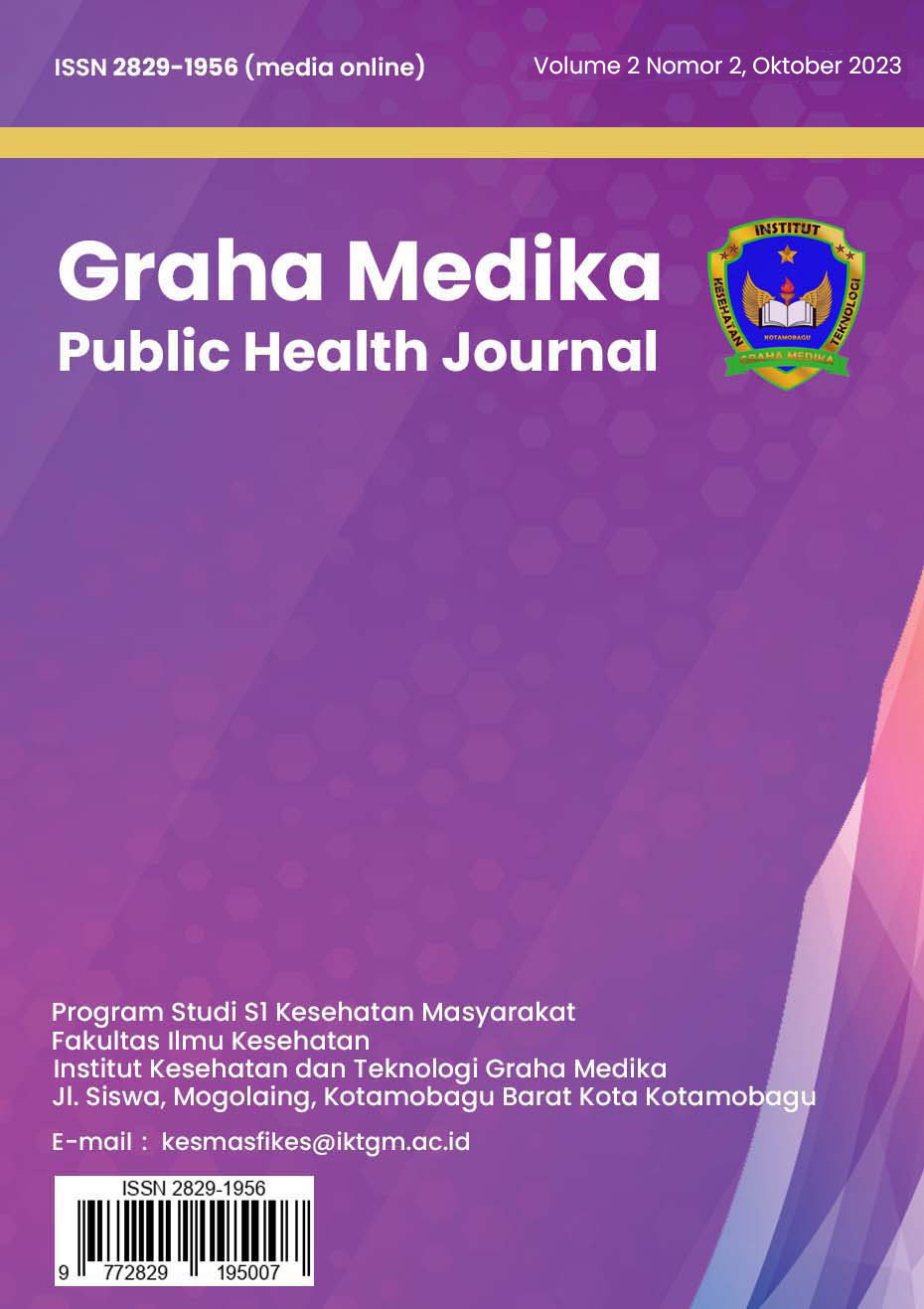Abstract
Background: ARI is an acute infectious disease in the respiratory tract that attacks one or more parts, from the nose to the alveoli including the adnexal tissue, caused by viruses, bacteria, and other microorganisms. Toddlers often suffer from ARI because their body’s defense system is still low. The incidence of ARI in children under five has increased, covering 20%-30% of all mortality rates for children under five and the prevalence of ARI in children under five in Indonesia is 3,55% of the total cases of 7.639.507. The aim of this research is to determine the risk factors that can influence the incidence of ARI in toddlers.
Method: This research is literature study. The literature sources used come from journal articles from 2019-2023 by searching via Google Scholar and PubMed.
Results: The results of the study show that risk factors for the occurrence of ARI in toddlers include exclusive breastfeeding, mother’s knowledge, smoking behavior, lighting, residential density, family income, use of mosquito coils, use of wood fuel for cooking, nutritional status, immunization status, type of floor, humidity, ventilation, LBW, anthropometric status, home environment, mother’s employment status, dust exposure, consumption of zinc supplements, mother’s age, house ceiling, wall type, and temperature.
Conclusion: The conclusion of this research is that smoking behavior is the most dominant risk factor in influencing the incidence of ARI in toddlers.

This work is licensed under a Creative Commons Attribution-NonCommercial-NoDerivatives 4.0 International License.
Copyright (c) 2023 Array

